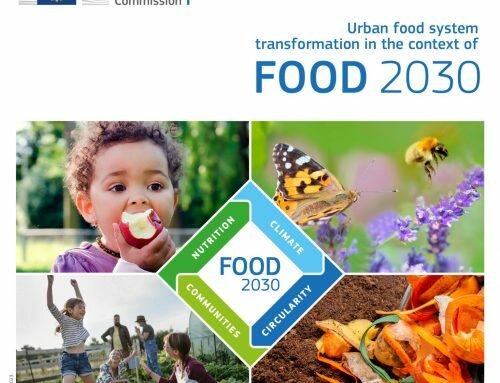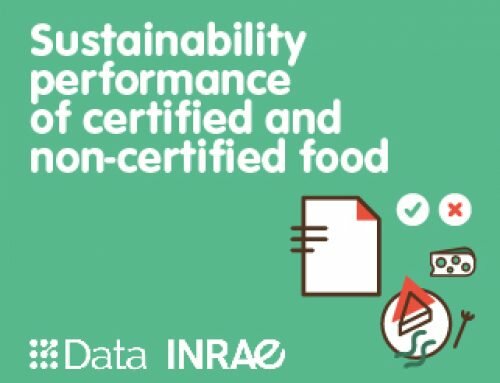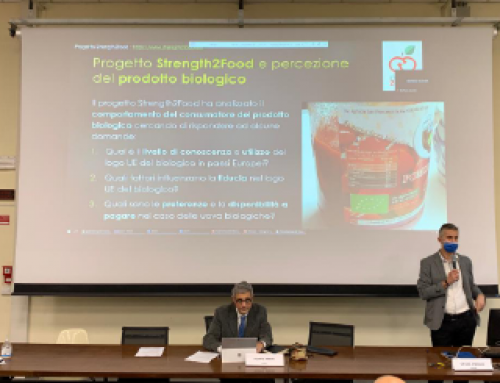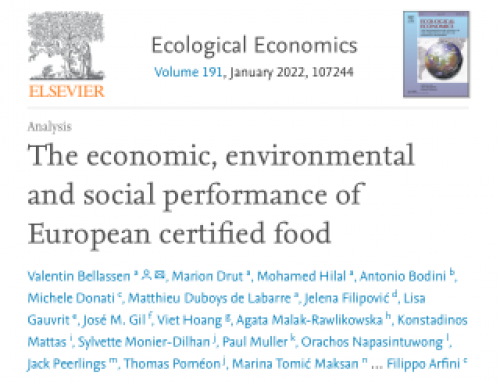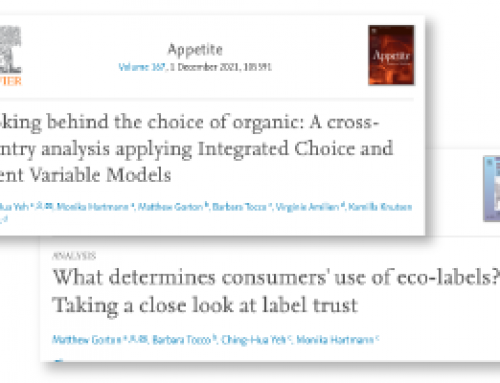
Strenght2Food landed in Canberra, Australia on June to join a three-day event on geographical indications (GIs) led by the Australian National University Centre for European Studies (ANUCES). The workshop was part of the wider Jean Monnet project ‘Understanding Geographical Indications’ which seeks to identify GIs-relevant policies and provide a more solid trade basis between the European Union and Australia/New Zealand.
The activities started on 19 and 20 June with the workshop: ‘GIs: what do we know and what should we know?’, aimed at taking stock on what is known about the impact of geographical indications and to identify what are the main gaps in knowledge in terms of policy-makers’ needs. The participants, both academics and policymakers, focused on some critical issues such as the impact of GI labelling in net producer income for farmers, and on the broader economic benefits to the rural areas. The conference saw the participation of Strenght2Food representatives Dr Áron Török, from the Corvinus University of Budapest in Hungary, and Professor Filippo Arfini, from the University of Parma in Italy, who made a contribution regarding the consortium’s findings related to sustainability indicators for food quality schemes and addressed, among other things, the demand of GIs and willingness of customers to pay a premium for higher quality foods.
The workshop was immediately followed by a public policy forum on 21 June, entitled ‘Understanding Geographical Indications: What is the Evidence?’ highlighting the results of the workshop to a wider audience.
For more information, visit ANUCES Geographical Indications project page. You can also listen to the recording of the public policy forum.


